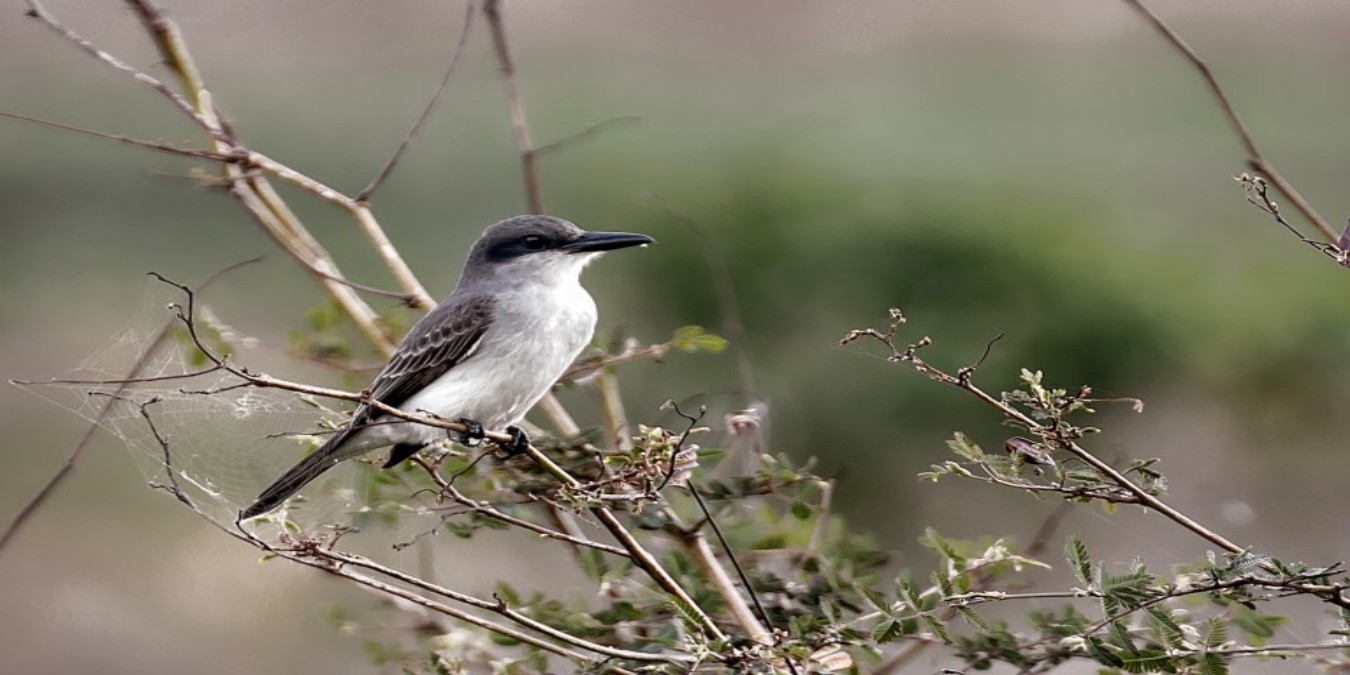Vocal, fearless, and ever-watchful, the Grey Kingbird reigns over Tobago’s open skies and seaside perches with unmistakable confidence. Known locally for its sharp, rolling call that cuts through the island breeze, this striking flycatcher has become both a sentinel and a soundtrack of Tobago’s sunlit coasts.
Widespread across the Caribbean and the southern fringes of North America, the species finds a particularly firm footing in Tobago, its presence a constant along telephone wires, palm-lined roads, and coastal groves. Here, the Grey Kingbird surveys its domain with commanding poise, a bold splash of grey and white against the island’s blue horizon.
Measuring around 23 centimetres (9 inches), it is a bird built for aerial precision. Its robust bill and sleek plumage speak of a life spent in pursuit of motion, darting from its perch to snatch dragonflies midair or hovering briefly before returning to a favoured lookout. Few birds embody such spirited energy, and fewer still face down intruders with such resolve; even hawks and crows think twice before challenging this steadfast guardian.
Though its plumage may seem modest at first glance, the Grey Kingbird carries a quiet elegance: pale underparts washed with silver-grey, a dusky mask across the eyes, and a hidden crown patch of soft lemon-yellow revealed only in sunlight or in moments of excitement.
Breeding takes place during Tobago’s warmer months, when pairs build shallow nests high in open branches, often above human dwellings or near the sea. Their calls echoing “pipiri! pipiri!” become the voice of the season, a familiar rhythm to those who live and work beneath the island’s wide skies.
Thriving where land meets air, the Grey Kingbird is both sentinel and storyteller, an emblem of Tobago’s resilience and vitality. It reminds us that the island’s wild heart does not always hide in its forests, but often perches boldly in plain view, calling out over roads, gardens, and the endless Caribbean wind.


Comments